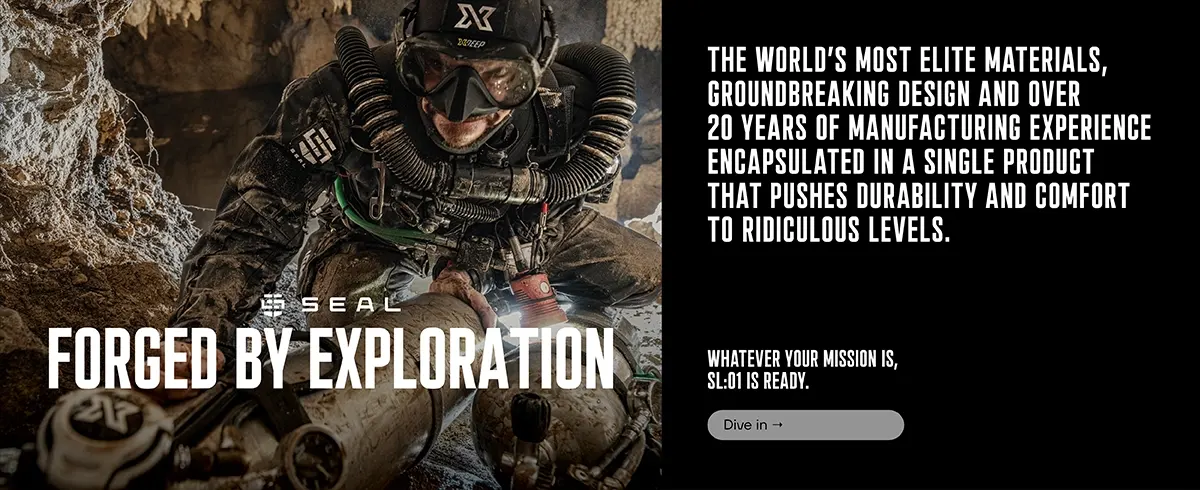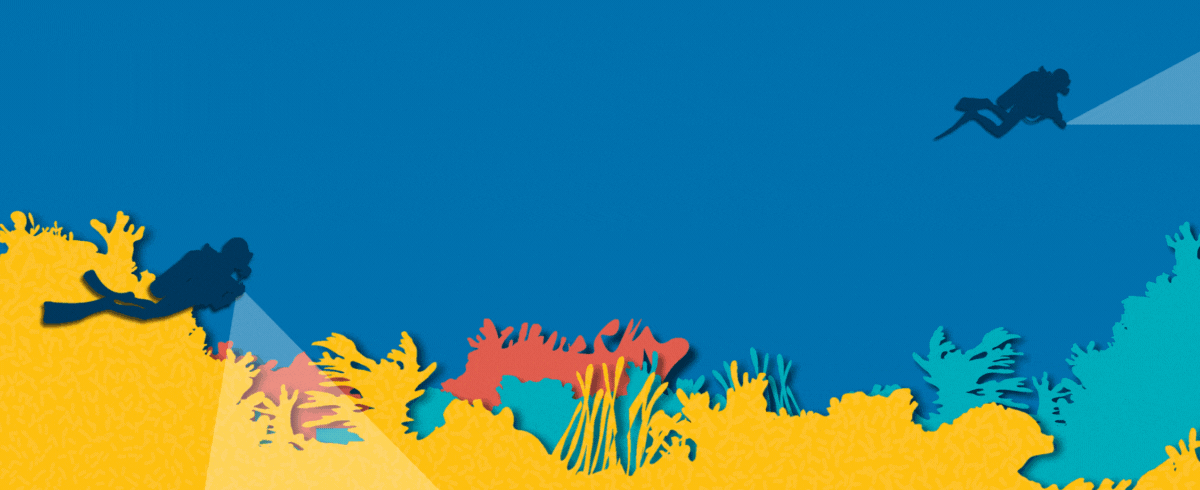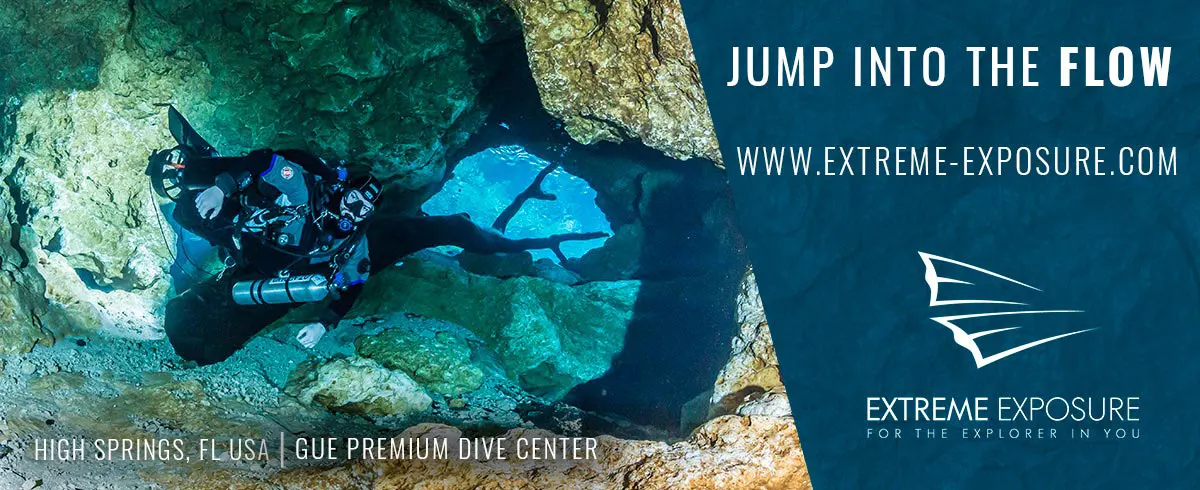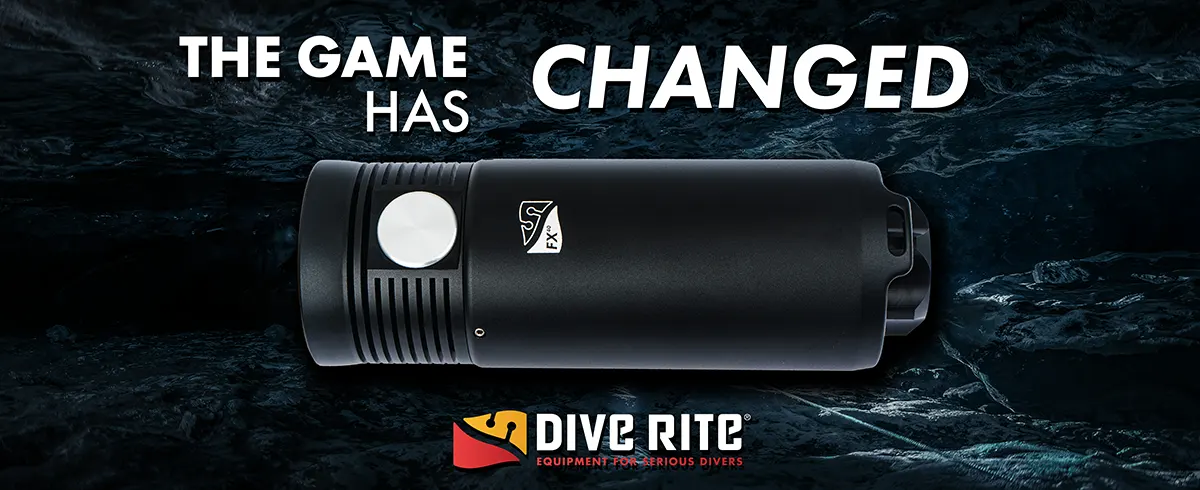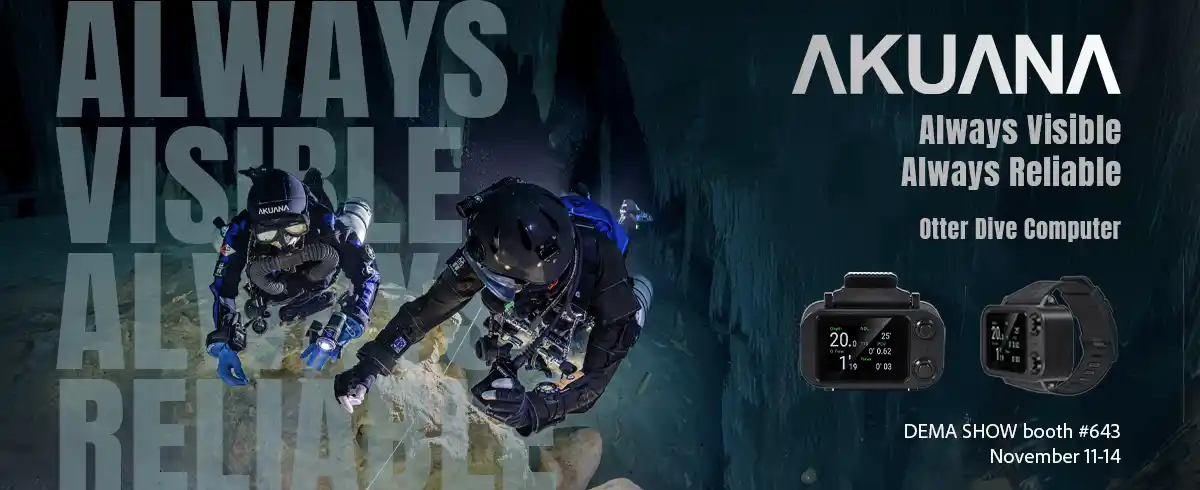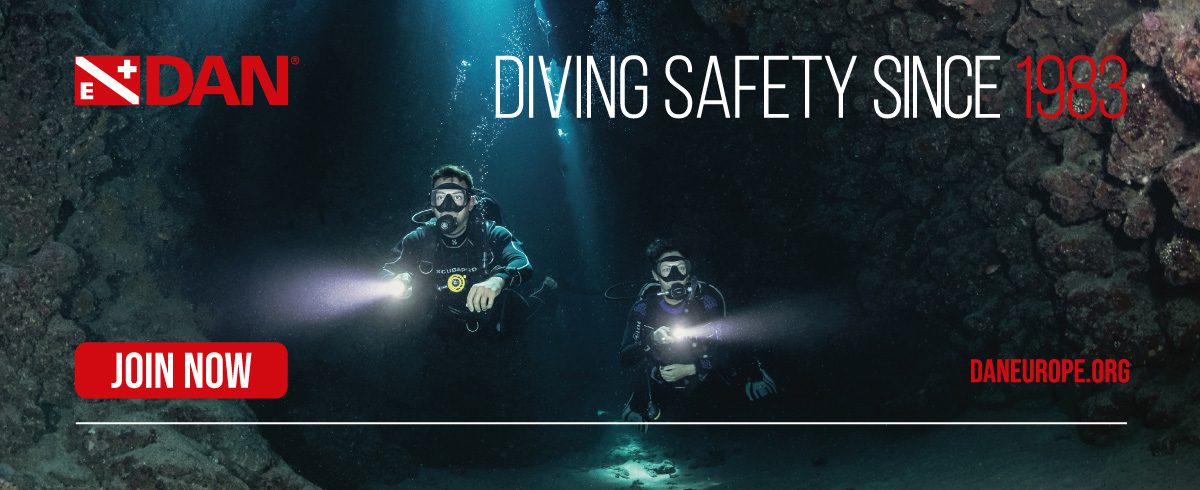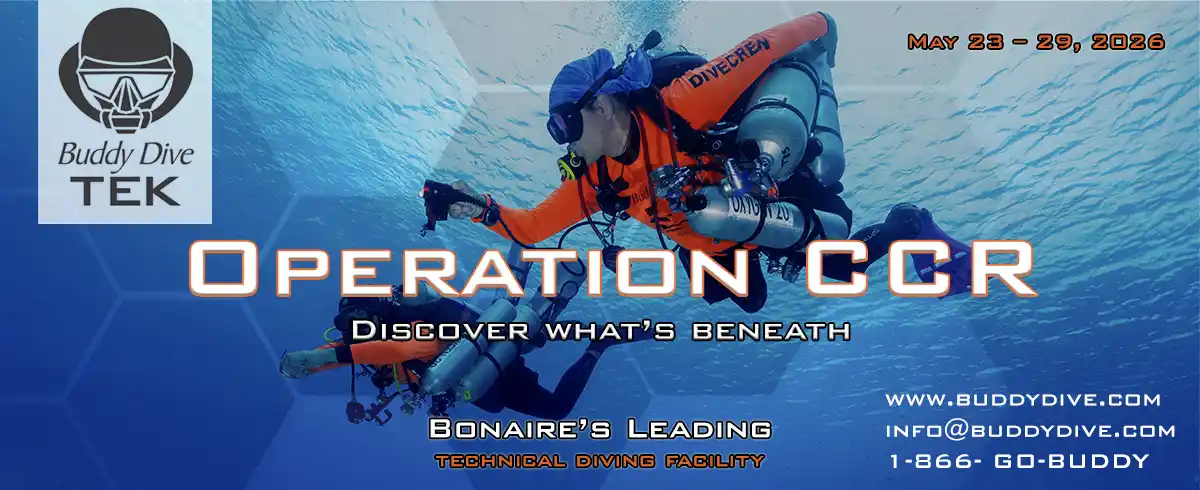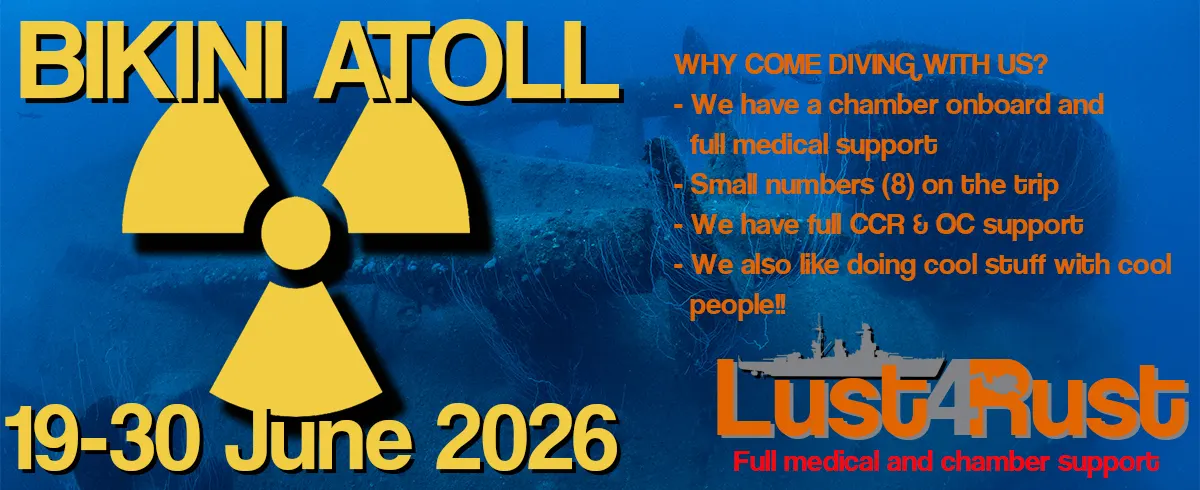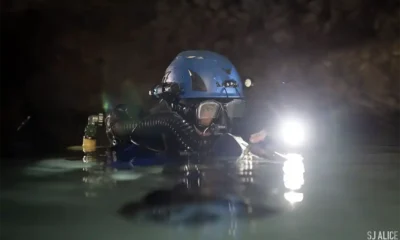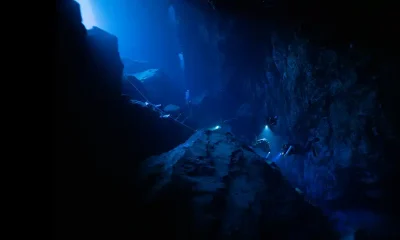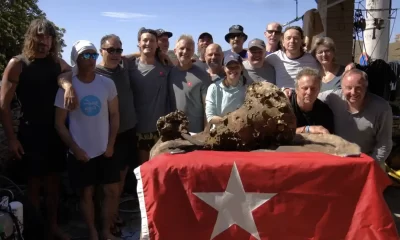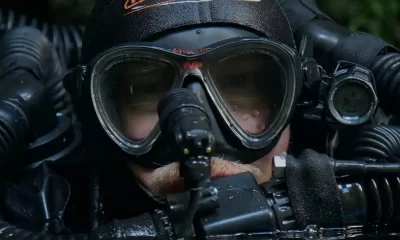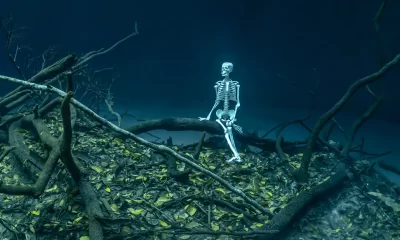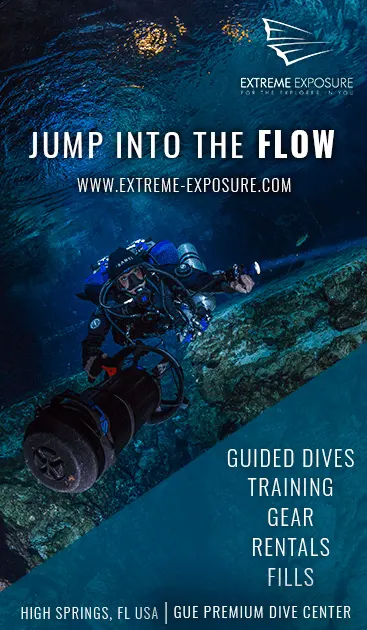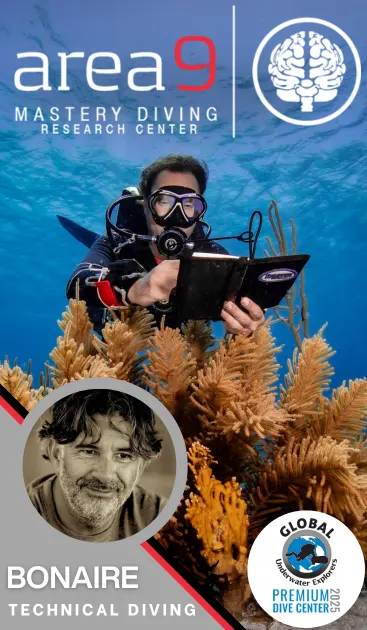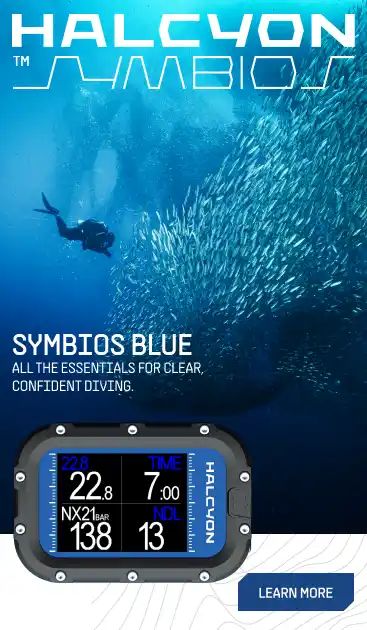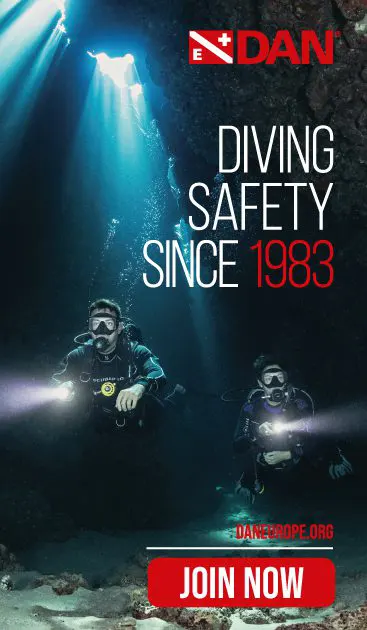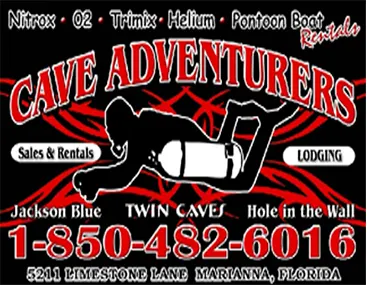

Latest Features
A Decade of Cave Diving in France’s Landenouse
Cave explorer Ben Reymenants recently conducted an expedition in the Landenouse caves in France’s Lot region. His dive revealed previously undocumented underwater passages and features, increasing our understanding of the system, highlighted the historical and natural significance of the area, and reinforced the growing interest in cave exploration within our community. He and his team not only pushed the boundaries of cave diving but also reignited the allure of a region steeped in history and wonder—a true testament to the spirit of exploration that defines our community.
by Ben Reymenants. Lead image: Ben’s Bold foray into Landenouse. Images by Laurent Miroult, Frédéric Swierczynski, Ben Reymenants
Recently, Ben Reymenants conducted an expedition in the Landenouse caves in France’s Lot region. His dive revealed previously undocumented underwater passages and features, extending our understanding of the cave system. Ben’s work highlights the historical and natural significance of the area, reinforcing the steady interest in cave exploration within our community. His journey not only pushed the boundaries of cave diving but also reignited the allure of a region steeped in history and natural wonder—a true testament to the spirit of exploration that defines our community.
Over a decade ago, I was invited to run a closed circuit rebreather (CCR) cave diving workshop in France, not knowing I’d be teaching some of the country’s cave diving legends like Pascal Bernabe, Frank Vasseur, and Pascal Point. Reflecting on that week filled with new friendships, culinary delights, and extraordinary cave diving experiences, I’m still uncertain about who was teaching whom. What’s clear is that the Lot cave region sparked my passion for further exploration. The caves in France, while lacking the stalactites and decorations typical of Mexican caves, reveal the slow, artistic process of water sculpting rock over millennia through the limestone geology. The Vasques de Quercy—or the Quercy Basin—boasts a limestone plateau carved with stunning valleys and rivers, carpeted by forests and grasslands; it’s as if, starting in the Middle Ages, time stood still. Indeed, some villages here are thousands of years old. Numerous dry caves in the region have offered shelter, with evidence of human settlements dating back over 30,000 years. Archaeologists have found 25,000-year-old cave paintings, suggesting early human activity in this rich environment; the first continuously inhabited villages predated the Roman era by more than 2,000 years. The shelter of the valleys, the rich soil, and the abundance of crystal-clear springs made it easy to survive for centuries.
One such natural masterpiece is the Source du Landenouse, a natural spring located near the town of Cajarc. Originally a Gallic settlement before becoming a Roman town, it is nestled between steep cliffs and the Lot River and features an antique stone pool built as a water reservoir. This pool is likely one of the birthplaces of French cave diving.
While the identities of the first divers remain unknown, their efforts to lay the initial 160 m/524 ft of line were expanded upon in 1976 by G. Bugel and C. Touloumjian to 370-m/1,214-ft. By 1980, Olivier Isler and Claude Mangin reached the 1,000 m/3,281 ft mark, and Jochen Hasenmayer ventured a further 200 m/656 ft, stopping at a one-foot high unstable gravel slope at a depth of 90 m/295 ft. His diving knife, used as a makeshift tie-off point, remains there to this day.

Return to Landenouse
Since my first foray into the Landenouse caves, I’ve returned numerous times—often as an instructor—gaining intimate knowledge of the cave’s hidden corners, silt-prone areas, and flow restrictions. Four years ago, I revisited the cave not as an instructor but as a proper tourist equipped with scooters, CCRs, and a stockpile of bailout cylinders. It didn’t take long to convince my wife to push a little further into the depths.
Flying through the Landenouse on a DPV feels like a scene from a sci-fi movie, where sharp turns and sudden drops demand unwavering focus. The diver must choose between slowing down to appreciate the surroundings or speeding up to reduce decompression time. Having reached (self-proclaimed) thirds on both our scrubber and scooter times, we turned back at the 1-km/0.6 mi-mark. But a seed was planted; dragging or staging a dozen stage tanks was one thing, trailing them through a one-foot gap over an unstable 45-degree angled gravel slope was something else. Likewise with the scooters—there must be better, sleeker models with longer haul, without dragging a WWII bulky torpedo along…
That evening, before heading back to Finland, fellow Belgian cave diver Kris Robbroeckx invited us for dinner at his farmhouse nestled in a picturesque green valley. He had set his sights on exploring deeper into Landenouse, experimenting with double sidemount CCRs.

Innovations and Challenges
Historically, I had experimented with bailout CCRs using conventional back- and front-mounted units, often encountering issues like flooded rebreathers or cumbersome task-loading. The sidemount CCRs of the past/in times past had poor work-of-breathing characteristics, and the same went for scooters. After destroying several scooters, I concluded that they would either flood, implode, burn out, or lose their propellers.
However, recent advancements in diving technology have changed the game. The Polish company Seacraft, known for supporting extreme-depth expeditions, developed reliable, streamlined long-haul scooters, while Divesoft—assisted by Frédéric Swierczynski, —converted their trusted Liberty backmount rebreather into a revolutionary sidemount model. To prove its capability, Frédéric took two Divesoft sidemount CCRs and two Seacraft DPVs to dive to 308 m/1,010 ft in the infamous Font Estramar, breaking multiple records.
Kris and Frédéric pushed an extra 200 m/656 ft further into Landenouse after Xavier Méniscus added 100 m/328 ft to Kris’s previous line, eventually discovering a vertical shaft leading upward. Sleepless nights followed—I made my bank account cry and spent the rest of the year logging hours with the new DPVs and CCRs in the frigid waters of Finland and Norway. Yet doubts still crept in as I visualized the dive: The gravel slope was unstable, highly seasonal, and weather-dependent—a sudden squall or even the absence of flow could have disastrous consequences. What if it shifted while we were upstream at 120 m/394 ft? The thought of being buried alive was almost enough to turn me away. Kris assured me we would conduct a proper stability check. Another concern was the upward shaft, which rose 50 m/164 ft, requiring a redescent to 122 m/400 ft after reaching the turnaround point. This added burden meant managing diluent carefully to avoid imploding a rebreather loop due to lack of gas. On top of that, my ears and sinuses—prone to seasonal allergy and equalization issues—worried me the most.

August 2024…
In early August, I received a message from Kris: “I had a look, and the laminoir is clear.” Mid-August found us back in the Lot region diving in favorable conditions. After a few warm-up dives, I noticed some crackling in my left ear when trying to equalize, which made me hesitate. Nevertheless, we reached the infamous “Laminoirs”—the double gravel slopes—where we dropped a backup oxygen cylinder and a drysuit inflation bottle. Hauling extra cylinders was out of the question due to the risk of entanglement.
The morning of the dive, we joked about wearing clean underwear in case of a body recovery. Despite the dark humor, we were aware of the risks: Cave diving at this depth meant that any rescue or recovery would be more dangerous than the dive itself. With that sobering thought, we switched to lighter conversation topics.

16th of August
Upon arrival, we moved in auto mode, silently preparing to avoid breaking a sweat. “Good to go?” Kris asked. “Good to go,” I replied, and we descended. While the first leg of the journey would constitute a serious cave dive on its own, we flew through the now-familiar galleries at max speed and arrived after 25 minutes at the 70 m/230 ft mark—one kilometer to go. We dropped our two cylinders, switched suit gas, and unclipped the scooters, carefully pushing them ahead while gliding down the first gravel slope. The visibility was good, and we navigated the second slope down to 119 m/390 ft, clipping the scooters back on. Then the deco clock started ticking rapidly. We hit the max speed button to limit our time at 122 m/400 ft. In less than eight minutes, we reached the black vertical shaft—a tunnel darker than the rest of Landenouse. Normally, a vertical shaft upward evokes a ‘going home’ feeling, but this one resembled a dungeon from The Lord of the Rings. My heartbeat quickened as we both slowly floated up along the black walls.
As we ascended the shaft, I focused on breathing, dumping gas, adjusting buoyancy, and staying calm through continuous checks. The cave then turned horizontal like any other French cave, with ochre-yellow limestone now slightly narrower, measuring about 5 m/16 ft in diameter. We hit the scooter buttons and eventually reached the end of Kris and Frédéric’s line at 55 m/180 ft, where the tunnel narrowed to 3–4 m/10-13 ft. “The honor is yours,” I signaled Kris, who took his steel reel loaded with pink line. Real men wear pink echoed in my head. My pulse quickened—partly adrenaline, partly pure joy—as he tied off the line. We were venturing into uncharted territory. I had laid line in virgin caves before in tropical countries, but this was different. With most caves, you simply have to be lucky to be one of the first to lay line. But Landenouse, with its long history of expeditions, felt truly special. I lit up as Kris’s reel unwound—50 m/164 ft, 100 m/328 ft. The visibility deteriorated; the tunnel angled upward and, when almost 200 m/656 ft of line was laid out, I felt a buzz on my Divesoft computer. We reached our first stop at 36 m/118 ft with more than four hours of deco ahead. We exchanged a look—Kris hovering above a big pointy rock in the middle of the passage was a sign. It was time to turn back. Kris wrapped the final tie-off; I cut the line and proudly placed our marker as he tidied his reel. High fives all around…

Return Journey
I scooted ahead, nervous about my ears as I hit the shaft with a required redescent to 122 m/400 ft. My ears equalized perfectly; I checked pressures, and both CCRs had enough diluent—a sigh of relief. I looked up, but saw no light. I cursed myself for covering my light too soon. There was no sign of Kris—only the steady rhythm of my heartbeat returning to baseline. What to do? If I ascended again, I risked a reverse block and the chance of losing too much diluent and suit gas to re-descend. We definitely need more backup next time. Then, I saw a vague light beam in a circular movement. Kris dropped down and pointed to his ears. All was well—he had been the one unable to equalize in time and had to ascend five meters to fix the problem.
We began the return leg at top speed, picking up some loose line as we approached the familiar gravel slope. This time, Kris led, stirring up fine silt once again. I noticed a pattern—Belgian humor to add some spice to the dive? I crawled upwards in zero visibility, pushing the DPV ahead of me through the narrow passage. With a gentle pull, I slowly moved backwards, relying on my senses. The gravel slope had only a few tie-offs placed along its entire length, resulting in a very loose line snagged somewhere on my equipment. My dry gloves made it hard to locate the entanglement. I pressed my computer against my face—six hours decompression, 105 m/344 ft of depth.
Having taught entanglement procedures a hundred times during cave courses, I knew that locating, cutting, and repairing the line could take five to seven minutes. I bit the bullet, grabbed my line cutter, and cut the line below me, thankfully freeing myself, although the line quickly slipped away into the silt cloud. Great… I continued my ascent as the visibility slowly cleared. I saw Kris in the interstage passage and heard him giggling at the dust cloud—and, yet again, at my line cutter in hand. I signaled that I’d go first through the next passage.

The rest of our ascent to 70 m/229 ft proceeded uneventfully. We retrieved our stages, and I switched to the bailout CCR, turning on my drysuit heating. Time for a sip from the drinking bladder in my pocket, and then we started our final push upward. There’s nothing elegant about long deco stops; when the first divers appeared, we looked the part with all our gear neatly in trim, but as the hours passed, we lay on our sides on the cave floor, a scooter abandoned somewhere, waiting for the next stop to clear. After six hours of patient deco and scootering through slopes, we finally surfaced—no medals or fanfare, just two smelly Belgians with big smiles and the satisfaction of having tested our limits…for now.

Lessons Learned
The cave continues beyond our current reach, but future dives will require an additional CCR, more diluent, suit gas, and extra scooters for safety. Navigating the gravel slope remains a challenge, and a habitat with solid food supplies would certainly be beneficial.
DIVE DEEPER
InDEPTH: Cave Diving, Everything You Always Wanted To Know By Stratis Kas. With Matteo Ratto.

Ben Reymenants began his diving journey in 1991 by earning his one-star CMAS Certification in the cold waters of his home country, Belgium. From teaching diving worldwide—from Egypt to Tenerife, and Thailand to Mexico—Ben’s career took a significant turn in Thailand when he became a Dive Medic and earned his Board certification as a Hyperbaric Technician. Managing a large recompression chamber network for nearly a decade, Ben has assessed and treated over 400 cases of decompression sickness. He has also attended dive medicine seminars in South Africa, Australia, and Spain, collaborating closely with Hyperbaric Specialists and DAN Europe. In addition to his medical expertise, he has executed a record-breaking 239 m/784 ft dive in Sra Keow cave, Thailand, and once held the record for the deepest ocean dive at 202.5 m/664 ft in Dahab’s Blue Hole. A co-author of numerous technical training programs, Ben is currently based in Finland but also owns a commercial diving company in Singapore, where his current project is in the Karakoram Mountains of Pakistan. Ben has recently joined forces with a large crew of marine scientists in Saudi Arabia as Dive Safety Officer, documenting corals and turtles in the Red Sea.

